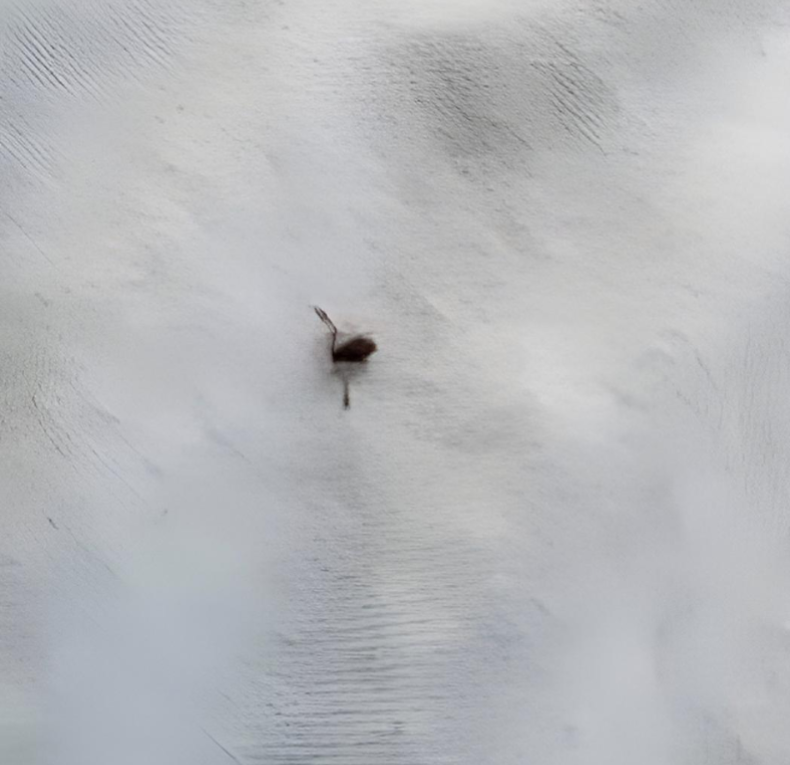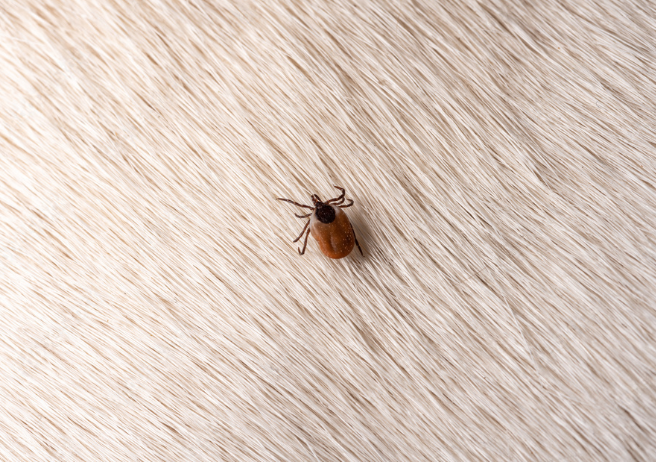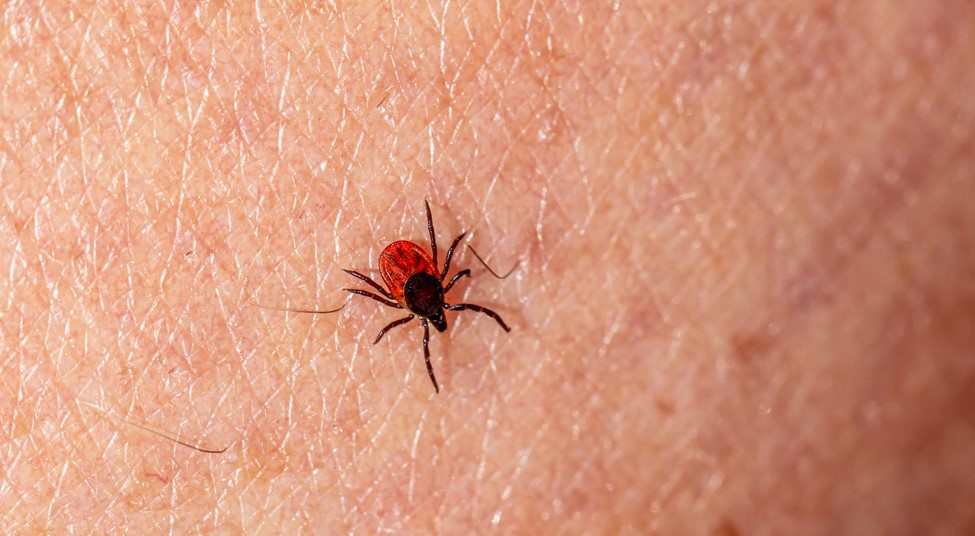You’re enjoying a relaxing evening at home, maybe watching a movie or reading a book, when you see it—a tiny, eight-legged creature crawling across your floor. It’s a tick, and it’s in your house!
Ticks are notorious for their ability to hitch a ride on unsuspecting hosts, including your beloved pets. They can easily sneak into your home, hiding in carpets, furniture, and even bedding. While their presence might seem harmless at first, ticks can pose a serious threat to your health and well-being.

Ticks are more than just creepy crawlies; they’re potential carriers of dangerous diseases. They can transmit illnesses like Lyme disease, Rocky Mountain spotted fever, and ehrlichiosis, which can cause a range of symptoms from fever and rash to joint pain and neurological problems.
Identifying the Enemy: Recognizing Different Tick Species
Not all ticks are created equal. Some species are more likely to carry certain diseases than others. The first step in dealing with a tick infestation is to identify the type of tick you’re dealing with.
Here’s a quick guide to some common tick species:
- Deer tick (Ixodes scapularis): Known for transmitting Lyme disease.
- American dog tick (Dermacentor variabilis): Can carry Rocky Mountain spotted fever.
- Lone star tick (Amblyomma americanum): Known for transmitting ehrlichiosis.
If you’re unsure what type of tick you’ve found, it’s always best to consult a medical professional or a pest control expert.
Tick Removal: The Right Way to Get Rid of the Critter
Once you’ve identified the tick, the next step is to remove it safely and effectively. Here’s how:
- Gather your tools: You’ll need a pair of fine-tipped tweezers or a tick removal tool.
- Grasp the tick: Hold the tick as close to the skin as possible, using the tweezers to grasp the tick’s mouthparts.
- Pull gently: Pull the tick straight out, avoiding twisting or squeezing, which can cause the tick’s head to break off and remain in the skin.
- Dispose of the tick: Place the tick in a sealed plastic bag or container and dispose of it in your outdoor garbage bin. Don’t crush the tick with your fingers, as this can release disease-causing pathogens.
Cleaning Up: Preventing the Spread of Disease

After you’ve removed the tick, it’s crucial to clean the area thoroughly to prevent any infection or disease transmission. Here’s what you should do:
- Wash the area: Wash the bite area with soap and water.
- Disinfect: Apply rubbing alcohol or hydrogen peroxide to the area.
- Monitor for symptoms: Keep an eye out for any signs of infection, such as redness, swelling, or fever. If you experience any unusual symptoms, seek medical attention immediately.
Tick Prevention: Keeping Your Home Tick-Free
The best way to deal with ticks is to prevent them from entering your home in the first place. Here are some tips for keeping your home tick-free:
- Keep your home clean and clutter-free: Ticks are more likely to hide in cluttered areas.
- Seal up cracks and gaps: Inspect your home for any cracks or gaps in your walls or foundation, and seal them up to prevent ticks from entering.
- Use tick repellent on your pets: Apply a tick repellent to your pets, especially if they spend time outdoors.
- Check your pets and family members: Regularly check your pets and family members for ticks after spending time outdoors.
Tick-Borne Diseases: Understanding the Risks

Tick-borne diseases can have serious consequences for your health. It’s important to be aware of the symptoms and seek medical attention if you suspect you’ve been infected.
Here are some common tick-borne diseases:
- Lyme disease: Symptoms include a bull’s-eye rash, fever, headache, fatigue, and muscle aches.
- Rocky Mountain spotted fever: Symptoms include fever, headache, rash, muscle aches, and nausea.
- Ehrlichiosis: Symptoms include fever, headache, muscle aches, and fatigue.
Prevention is Key: Protect Yourself and Your Family

source: Pexels/Erik Karits
The best way to protect yourself and your family from tick-borne diseases is to take precautions to prevent tick bites. Here are some tips:
- Wear light-colored clothing: This will make it easier to spot ticks.
- Tuck your pants into your socks: This will prevent ticks from crawling up your legs.
- Stay on trails: Avoid walking through tall grass or brush, where ticks are more likely to be found.
- Use insect repellent: Apply insect repellent containing DEET or picaridin to exposed skin and clothing.
- Check yourself and your pets: After spending time outdoors, check yourself and your pets for ticks.
Finding a tick in your house can be a frightening experience, but it doesn’t have to be the end of the world. By following these tips, you can effectively deal with ticks, prevent future infestations, and protect your family from the risks of tick-borne diseases. Remember, prevention is key!


